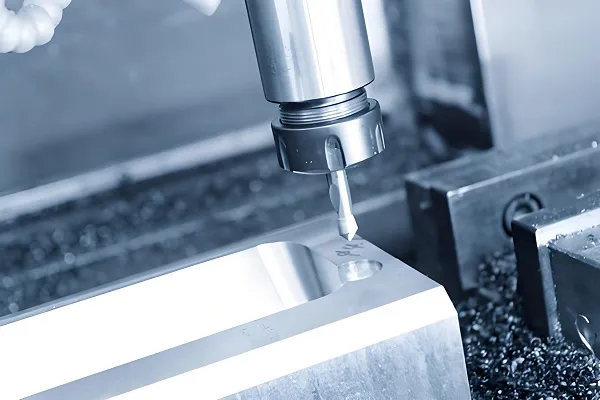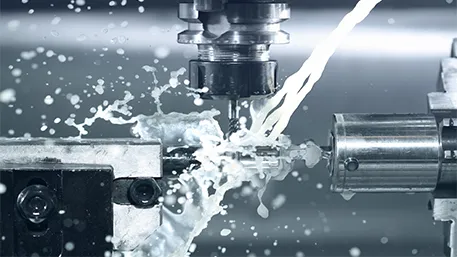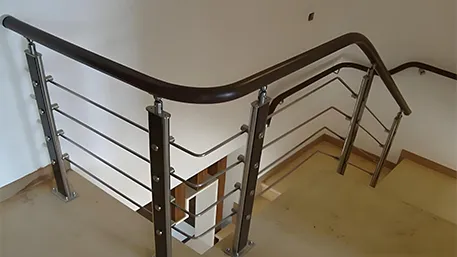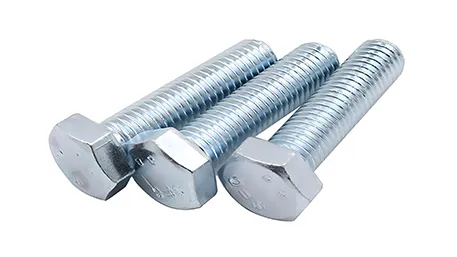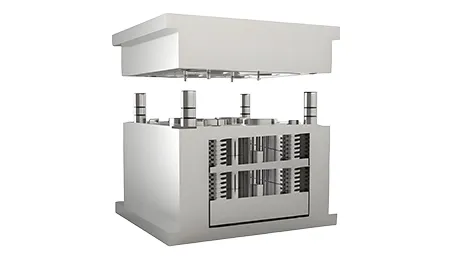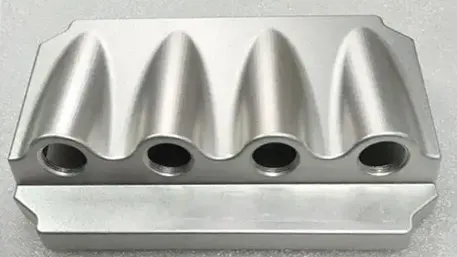Plastic molding refers to the process of softening or melting plastic raw materials by heating, using molds or other molding tools to make them flow and fill the mold cavities under the action of external force, and then cooling and curing to get the products of the required shapes and sizes. Plastic molding technology is an indispensable part of modern manufacturing industry, widely used in automotive, electronics, packaging, construction and other fields.
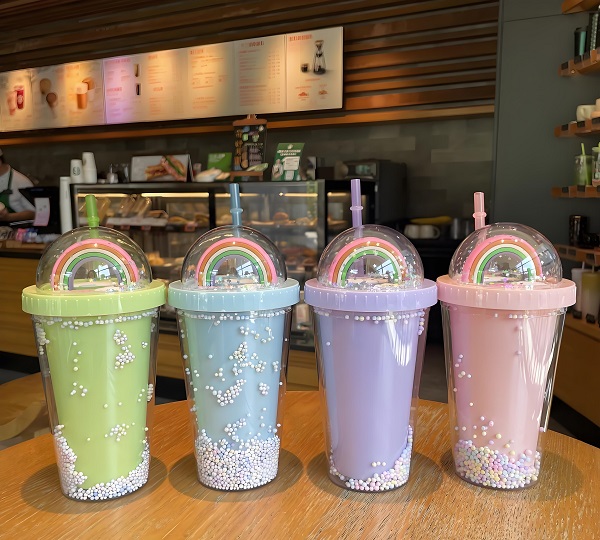
1. Plastic molding technology principle
Plastic molding technology is based on the thermoplasticity and processability of plastic materials. In the molding process, the plastic raw material is first heated to a molten state or above the softening point, at which time the interaction force between the plastic molecules is weakened and the fluidity is enhanced. The molten plastic is then injected or pressed into a mold, the shape of which determines the shape of the final product. Inside the mold, the plastic cools and solidifies, and the stable interaction forces between the molecules are re-formed, thus maintaining the shape and size of the product.
2. Customization of Plastic Molding Products
Plastic molded products can be highly customized according to customer’s needs, including the size, shape, color and texture of the product. During the customization process, customers need to provide detailed design drawings and technical requirements, and manufacturers choose the appropriate plastic materials, molding processes and molds for production according to these requirements. By adjusting the molding process parameters and mold design, it is possible to realize the customization of plastic products with complex structure and high precision requirements.
3. Introduction of plastic molding materials
Material: There are many kinds of plastics, the common ones are polyethylene (PE), polypropylene (PP), polyvinyl chloride (PVC), polystyrene (PS), polycarbonate (PC) and so on.
Characteristics:
Plasticity: Plastic materials have good fluidity when heated and can be easily molded into a variety of complex shapes.
Lightweight: Compared with materials such as metal and glass, plastics have a lower density, so products are lightweight and easy to transport and install.
Corrosion resistance: plastics have good corrosion resistance to a variety of chemicals and are suitable for a variety of harsh environments.
Good insulation: most plastic materials have good electrical insulation properties, suitable for electronic and electrical fields.
4. Plastic molding product characteristics
Products: Take injection molding plastic cups as an example
Appearance: smooth surface, no defects, uniform color.
Dimensional accuracy: high-precision mold manufacturing, product size error is small.
Drop resistance: some plastics such as PP, PC, etc. have good drop resistance and are not easy to break.
Heat resistance: According to different materials, the heat-resistant temperature varies, such as PC material can withstand higher temperatures.
Environmental protection: some plastic materials can be recycled and reused, in line with environmental requirements.
Data:
Wall thickness: common plastic cups wall thickness of 1-3mm, specifically adjusted according to the design requirements.
Weight: PP material, for example, a plastic cup with a capacity of 500ml weighs about 20-30 grams.
Heat-resistant temperature: the heat-resistant temperature of plastic cups made of PC material can reach more than 120℃.
Drop test: After the standard drop test, the plastic cups have no obvious breakage or deformation.
Recycling rate: The recycling rate of some plastics such as PET can reach over 90%.
Plastic Molding FAQ
Q1: How to control product quality during plastic molding process?
A1: Product quality can be ensured during plastic molding by strictly controlling the quality of raw materials, molding process parameters (e.g. temperature, pressure, time, etc.) and mold design. It is also essential to conduct regular product testing and quality control activities.
Q2: What are the environmental advantages of plastic molded products?
A2: Plastic molding products have the environmental advantage of being recyclable. By recycling waste plastics for reprocessing, we can reduce our dependence on virgin resources and reduce environmental pollution. In addition, the development and application of some new bio-based plastics and degradable plastics also provide more possibilities for the environmental friendliness of plastic molded products.
Q3:How to choose the right plastic molding process?
A3: Choosing the right plastic molding process needs to consider factors such as the shape and size of the product, material properties, and production batch size. For example, injection molding is a better choice for products with complex shapes and high dimensional accuracy requirements, while extrusion molding or blow molding may be more cost-effective and efficient for large quantities of products with simple shapes.

